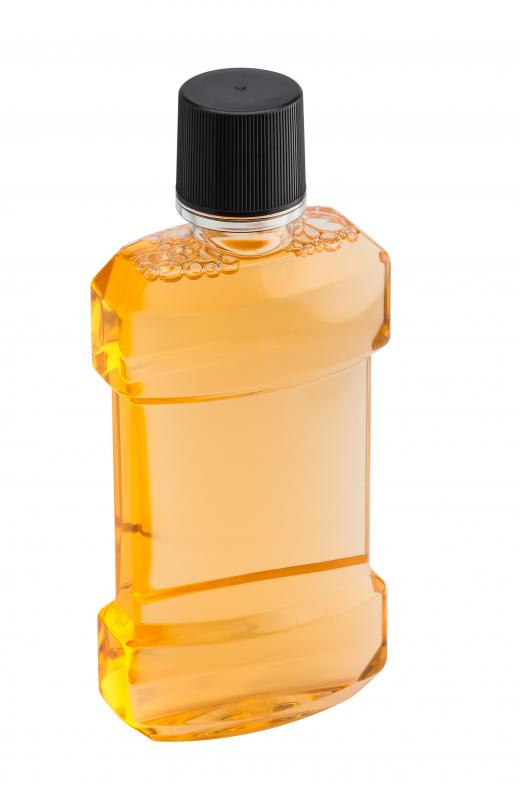Fluorine is a light element classified as a halogen that is the most electronegative element known and is, therefore, highly prone to binding with metallic elements in nature to form salts. The uses of fluorine include widespread applications in consumer products, such as toothpaste, mouthwash, and as an additive to water supplies in some nations such as the US. In its elemental form, the uses of fluorine also include as a common etching chemical for glass or silicon substrates in semiconductor manufacturing and as the etching compound hydrofluoric acid (HF). This reactive nature fluorine has with glass makes it valuable in the production of microprocessors, computer and television displays, and micro-electromechanical system (MEMS) sensors. In combination with ethylene, it also forms a frictionless coating used in cookware known as polytetrafluoroethylene (PTFE).
As natural metallic salts, fluorine compounds have been used at least as far back as the 1700s in the process of welding metals together and cutting patterns into glass or frosting its surface. Commercial production of the chemical rapidly increased in the early part of the 20th century, when chlorofluorocarbon (CFC) compounds were initially manufactured in the 1920s as refrigerants for commercial, residential, and automotive air-conditioning systems. PTFE non-stick surfaces were also invented and became widespread in the late 1930s. Other uses of fluorine include in uranium separation so that the heavy metal can serve as a fuel for nuclear power stations, and as an enabling element for oxidizers in rocket fuel.

While CFC compounds were later discovered to be depleting the Earth's protective ozone layer, they were replaced by other compounds that still contain the element fluorine, such as hydrofluorocarbons (HFCs). The European Union banned the use of another formulation of the element known as fluorochlorohydrocarbons as a refrigerant in 1995, as they were also determined to be ozone-depleting chemicals. While HFCs do not break down into compounds in the upper atmosphere that destroy the ozone layer, they are known to contribute to the process of global warming, so they also are gradually being phased out of use.

While the uses of fluorine are diverse, the element is not without its risks, as it can be highly toxic, corrosive, and explosive. As hydrofluoric acid used in the semiconductor and light bulb manufacturing industries, it is a colorless, odorless liquid compound that resembles water and appears harmless if spilled onto the surface of skin. HF has a strong tendency to bind with calcium, however, and any of the acid spilled on skin will soak through the skin rapidly and into the bones, where it gradually dissolves them as well as binds with calcium in other tissues, resulting in intense pain and possible death. Uses of fluorine in water supplies has also been controversial due to the fact that, in high enough concentrations or over long periods of exposure, it can be detrimental to human health. Almost 20 industrialized nations as of the year 2000, including India, Germany, and Japan, have policies of not adding any fluorine content to public water supplies despite evidence that low concentrations prevent tooth decay and other dental problems, especially in children.
